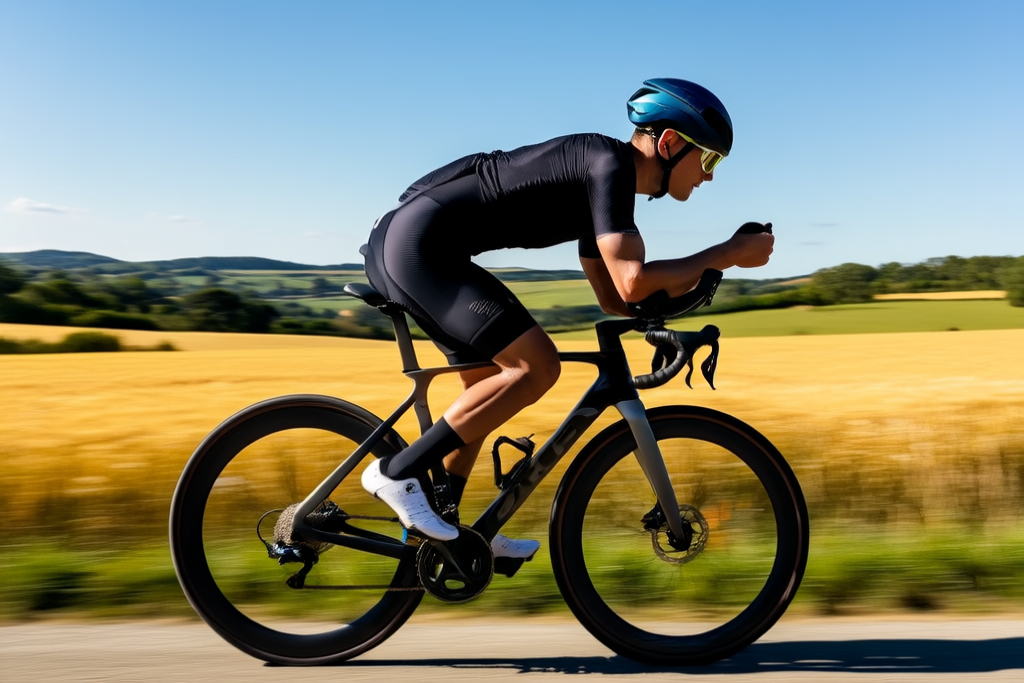
Are you on a weight loss journey, feeling that no matter how hard you try, you can’t seem to shake off stagnant or even increasing weight? Regardless of your efforts in dieting, exercising, or trying various popular weight loss methods, does the number on the scale remain stubbornly fixed, or even rebound? The truth is, the secret behind this is far more complex than the commonly understood calorie intake versus expenditure. Recent scientific research shows that obesity isn’t simply due to “eating too much and moving too little” or “bad genetics.” A deeper factor is a bacterium in your gut – Enterobacter cloacae – influencing your weight.
Gut Microbiota: The Hidden “Controller” Behind Obesity
For a long time, obesity was viewed as a direct result of lifestyle habits and genetics. However, recent studies have brought disruptive findings: obesity might be triggered by an infection of Enterobacter cloacae. This bacterium not only affects fat metabolism but also communicates with the brain via the gut-brain axis, commanding you to crave high-sugar, high-fat, and high-oil foods.
Scientists have discovered that Enterobacter cloacae can turn off the genetic switch for burning fat, preventing the body from consuming its fat reserves. Simultaneously, it activates the genetic switches in the liver for synthesizing and storing fat, making fat accumulation a one-way street. This explains why some individuals, despite strict dietary control, still find it hard to burn fat, even experiencing situations where they feel like they “gain weight just by drinking water.”
Furthermore, the high-sugar, high-fat diet that Enterobacter cloacae thrives on enhances its reproductive advantage, thereby exacerbating obesity. This microbial imbalance forms a vicious cycle, deepening people’s dependence on unhealthy foods and trapping them in a “the more you eat, the fatter you get” predicament.
New Scientific Approaches to Weight Loss
Understanding the micro-ecological mechanisms behind obesity means that weight loss is no longer a battle of merely “starving yourself” or “exhausting yourself with exercise.” Scientific weight loss methods should revolve around regulating the gut microbiota and restoring fat metabolism balance. The following methods can help break the “control” of Enterobacter cloacae:
1. Rational Diet to Inhibit Harmful Bacteria Growth
Firstly, reduce the intake of high-sugar, high-fat, and high-oil processed foods – the “favorites” of Enterobacter cloacae. Secondly, increase dietary fiber intake by eating more vegetables, fruits, and whole grains to provide a nurturing environment for beneficial bacteria. Lastly, supplement with probiotics and prebiotics, such as those found in yogurt and other fermented foods, to help restore gut flora balance.
2. Exercise to Activate Fat-Burning Mechanisms
Combine aerobic exercise with strength training. This not only enhances the efficiency of fat clearance but also promotes intestinal motility, reducing the colonization of harmful bacteria.
3. Sleep and Stress Management to Support a Healthy Internal Environment
Adequate sleep and good mental well-being help lower cortisol levels in the body, preventing stress-induced fat accumulation and indirectly maintaining gut health.
4. Focus on Gut Health and Seek Professional Advice When Necessary
If you find your weight loss efforts have stalled for an extended period, consider undergoing a gut microbiota test. Consult with nutrition and health experts to develop a targeted plan to address microbial imbalances, such as those caused by Enterobacter cloacae.
Embrace Scientific Weight Loss
Obesity is no longer just a “willpower problem”; it’s a complex interplay with your body’s internal micro-ecosystem. By adjusting your dietary structure, engaging in appropriate exercise, and improving lifestyle habits, you can reverse gut dysbiosis and progressively reactivate your body’s inherent fat-burning capabilities. Your gut can transform from being an “accomplice” in obesity to an “ally” on your weight loss journey.

